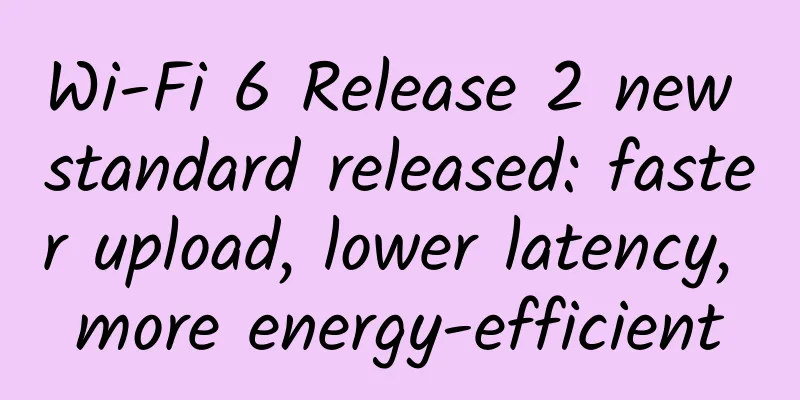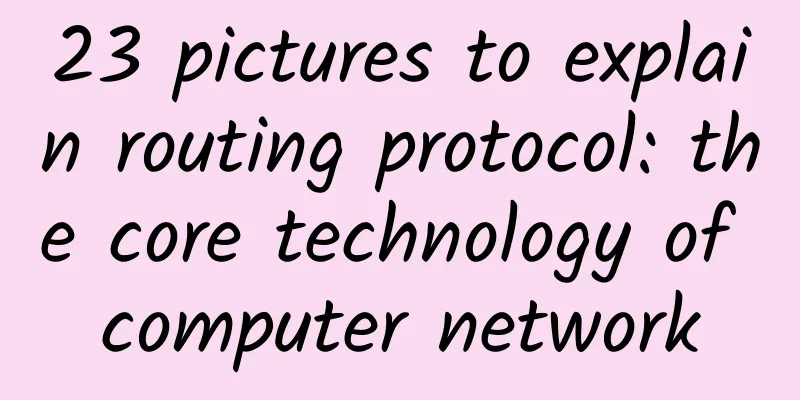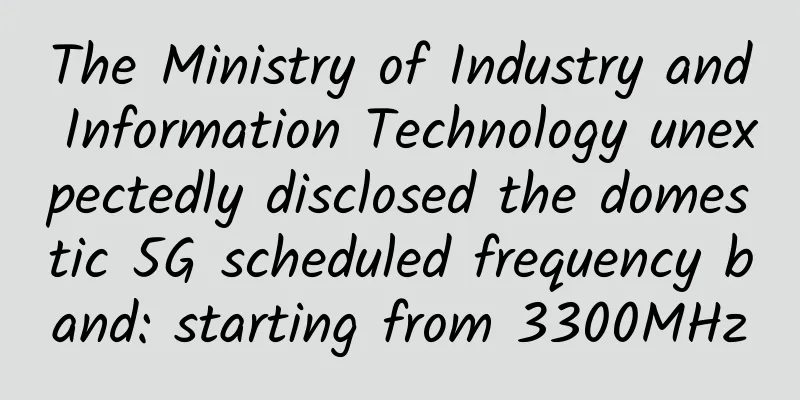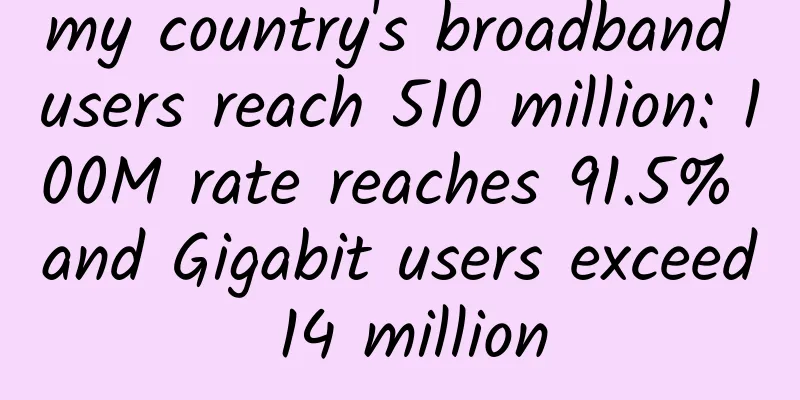Wi-Fi 6 Release 2 new standard released: faster upload, lower latency, more energy-efficient

|
Wi-Fi 6 has made significant progress compared to the old standard. Even in densely populated apartment buildings or offices, Wi-Fi 6 can still bring better performance experience. As for Wi-Fi 6E, it has expanded from 2.4/5GHz to 6GHz band, greatly improving the throughput of the network. What is confusing is that during CES 2022, the Wi-Fi Alliance actually announced the "second version" (Release 2) of the Wi-Fi 6 wireless network standard. It is reported that Wi-Fi 6 Release 2 aims to bring users the "best home Internet experience" through faster uplink, lower latency, and better energy-saving measures. Wi-Fi 6 Release 2 promises even better performance when dealing with more devices and higher traffic density — for example, support for multi-user MIMO uplinks. This feature allows connected devices to upload content concurrently to a wireless access point such as a router, thereby improving the speed and reliability experience when multiple people use it at the same time, and reducing latency in games and video conferencing. In addition, for users who have dozens of smart home devices scattered throughout their homes, Wi-Fi 6 Release 2 also brings improvements in power consumption. The new standard allows compatible devices to enable improved low-power/sleep modes, which is a significant change for battery-powered devices such as smartphones. Finally, the new features of Wi-Fi 6 Release 2 are applicable across all frequency bands (including 2.4/5/6 GHz). Currently, the 2.4GHz frequency band is still the first choice for low-power smart home devices because it is not only low-cost, but also has a more significant advantage in penetration (transmission distance/signal coverage). |
<<: In the digital age, FONE comprehensive budgeting practice sharing in the pharmaceutical industry
>>: A detailed introduction to the difference between WiFi5 and WiFi6 network speeds
Recommend
Why You Should Avoid Public WiFi
Translator | Li Rui Proofread by Sun Shujuan Ther...
3 ways to do next generation network migration correctly
They say that in travel, getting to your destinat...
Network Performance Monitoring and Diagnostics Market Guide (2020 Edition)
With the acceleration of cloud migration and the ...
30 countries will launch 5G services by 2023
New network deployments and enterprise momentum a...
Enterprises need to prioritize mobile unified communications
The need for secure, reliable, and easy-to-use co...
Liu Liehong from the Ministry of Industry and Information Technology: my country's 5G base stations account for more than 70% of the world's total
On May 26, the 2021 China International Big Data ...
Five key trends in the Internet of Things in 2017
The Internet of Things (IoT) technology has quiet...
Why some cities are reluctant to adopt 5G
Most of the discussion about 5G has centered arou...
Mid-year review: 10 hottest web startups in 2021
Rising Star If the IT industry has learned anythi...
From data leakage to big data killing old customers, where is the future of the Internet?
Since the birth of the Internet, the boundary bet...
How do IDC, CDN, and cloud service providers upgrade to IPv6?
With the rapid development of the Internet, IPv4 ...
ENOs and Private LTE: Intelligent Connectivity for Smart Factories
Manufacturing processes and operations are underg...
Interview surprise: Why does TCP need a three-way handshake?
The TCP three-way handshake is a classic intervie...
On the first day of the High-Tech Fair, Huawei opens a new era of smart city twins with 5G+AI
[51CTO.com original article] On November 13, the ...
Ten advantages of structured cabling system
As wireless networking becomes more of a necessit...









